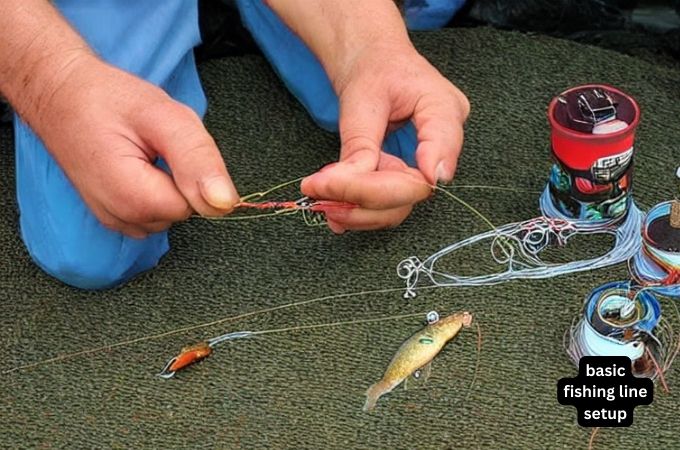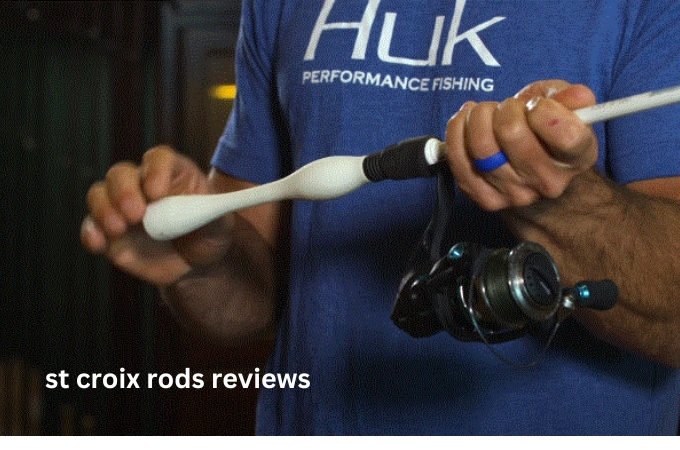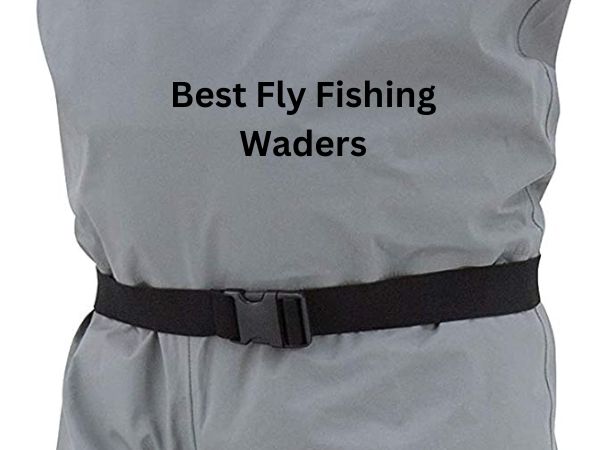basic fishing line setup (A Short Note)
Today we discuss basic fishing line setup. Are you new to fishing and feeling overwhelmed by all the tackle, rigs, and gear? You’re not alone! Fortunately, getting started with fishing doesn’t have to be complicated. In this blog post, we’ll cover a basic fishing line setup that will get your feet wet in the world of angling. We’ll explore all you need to know about bait selection, tying knots, reel setup, and more – so don’t worry if you feel like a novice right now because soon enough you’ll master even the most advanced techniques.
Types of fishing lines:
Fishing lines come in many shapes and sizes and can be made from a variety of materials. Basically, the four main types of fishing lines are monofilament, braided, fluorocarbon, and lead core.
Monofilament is made from a single strand of nylon or other polymer material. It is relatively inexpensive and holds a good knot. Monofilament is also great for beginning anglers because it is easy to cast and handle.
A braided fishing line is made from multiple strands of material that are twisted together into one strand. It has an extremely low stretch, allowing the angler to set the hook more quickly and easily. The braided line is also very abrasion resistant, so it can be used in areas with rocks and logs.
A Fluorocarbon fishing line is made from a polymer that has fluoride atoms mixed in. It is nearly invisible underwater and has a low stretch rate similar to a braided line. It is more expensive than monofilament and braided lines, but its properties make it great for longer casts and deep-water fishing.
A lead core line is a long strand of lead wire wrapped with a thin layer of monofilament to hold the strands together. It’s heavy enough to sink quickly in water and is used when trolling or jigging at various depths.
Materials used for fishing lines:
Fishing lines are typically made from nylon, Dacron, Spectra, or other synthetic fibers. like –
Nylon is the most common material used in fishing lines as it is relatively affordable and has excellent knot strength. It also stretches more than other materials which help absorb shock when a fish takes the bait.
Dacron stands up better to abrasion and UV light, making it a popular choice for saltwater fishing. Spectra is the most expensive line material but offers superior strength and sensitivity compared to nylon or Dacron.
Fluorocarbon lines have become increasingly popular due to their low visibility underwater which makes them ideal for clear water conditions. They are also more resistant to abrasion and less affected by UV light than other materials.
Lastly, braided lines offer incredible strength compared to monofilament lines of the same diameter, making them ideal for deep-sea fishing or targeting large gamefish. They are also more sensitive than monofilaments due to their lack of stretch.
Determining fishing line strength:
The best way to determine the strength of a fishing line is to consult the manufacturer’s product labeling. This will provide information on breaking strain, or test weight, which indicates how much pressure can be applied before the line breaks.
Depending on what type of fishing is being done and what species are targeted, different lines may be suitable.
A braided line, for example, maybe a good choice when targeting larger fish due to its superior strength and abrasion resistance. Besides, the monofilament line is often preferred by anglers who are more concerned with sensitivity. In addition to breaking strain, the diameter of the line should also be taken into consideration as it can affect casting performance and knot strength.
When evaluating a line, it is important to consider the whole package and not just the breaking strain. Ultimately, selecting the right fishing line comes down to personal preference and experience.
faqs for basic fishing line setup:
No, a fishing line cannot be used as a substitute for dental floss. They are made of nylon or other materials that are not designed to be gentle on the gums and teeth, like traditional floss products. this could make harm.
Yes, fishing lines can be used as a survival tool in wilderness situations. Fishing lines can be used to construct shelters, create traps and snares, set up lines for signaling help, and even build tools such as spears. It is also useful for catching food, both directly through fishing or indirectly through trapping small animals.


